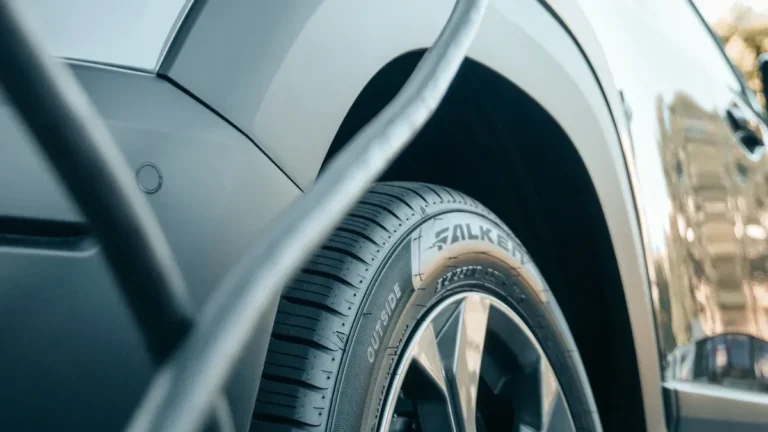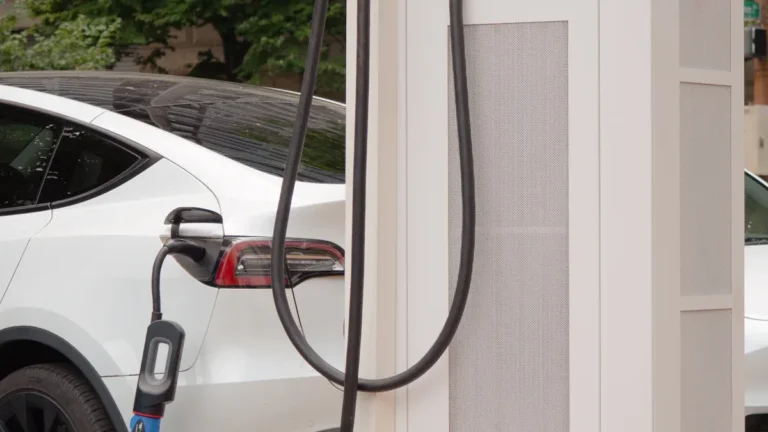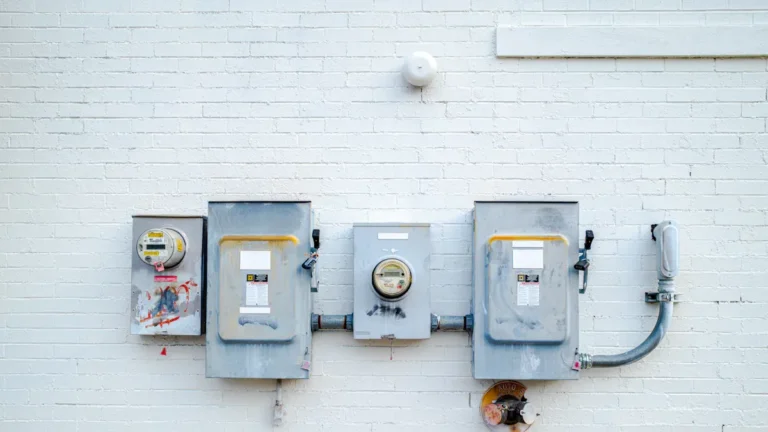Discover the pros and cons of daytime vs. nighttime EV charging in 2024. Learn about cost savings, environmental impact, and smart charging strategies to optimize your electric vehicle experience.
As electric vehicles (EVs) become increasingly popular, one question continues to puzzle many EV owners: Is it better to charge during the day or at night? This decision isn’t just about convenience; it impacts your wallet, the environment, and the power grid. Let’s dive into the complexities of EV charging timing and help you make an informed choice.
1. Nighttime Charging: The Traditional Off-peak Charging Strategy
Nighttime charging has long been considered the go-to option for EV owners, and for good reason:
Economic Benefits
- According to 2024 utility data from major providers:
- Southern California Edison (SCE) offers super off-peak rates that make EV charging equivalent to paying less than $2 per gallon of gas (Source: SCE)
- PG&E’s EV-2A rate schedule offers off-peak rates of 34 cents per kWh year-round (Source: PG&E)
- Some utilities now offer super off-peak rates as low as 2.6 cents per kWh during overnight hours
Grid Stability
Charging at night helps balance the load on the power grid, as overall electricity demand is lower during these hours. According to the U.S. Department of Energy, 80-93% of EV charging currently takes place at home, mostly during evening hours.
Convenience
For many, plugging in their EV before bed and waking up to a fully charged vehicle is incredibly convenient. Check out our smart charging features that can make your charging experience even more convenient.
Pro Tip: To optimize nighttime charging, consider using smart charging systems that can automatically start charging when rates are lowest. Explore our smart EV charger collection for advanced charging solutions.
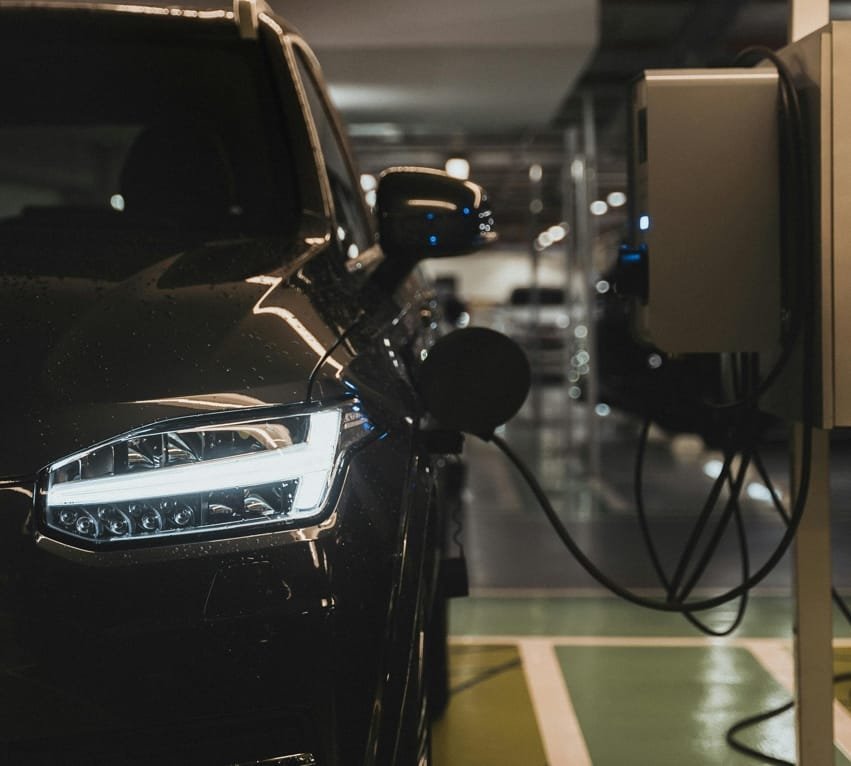
2. Daytime Charging: An Alternative Approach
While nighttime charging has been the norm, recent studies suggest that daytime charging might have unexpected benefits:
Advantages of Daytime Charging
- Workplace Charging:
- According to a 2022 report by the U.S. Department of Energy, workplace charging can increase an employee’s likelihood to purchase an EV by 20 times.
- The same report found that employees with access to workplace charging are 6 times more likely to drive an EV than the average worker
- Public Charging Stations:
- The U.S. Department of Energy reports that as of 2024, there are over 140,000 public EV charging ports at nearly 53,000 charging stations across the country (Alternative Fuels Data Center)
- A 2023 study by the National Renewable Energy Laboratory (NREL) found that public charging infrastructure is crucial for long-distance travel and urban EV adoption.
- Renewable Energy Utilization:
- The California Energy Commission reports that in 2023, 44% of the state’s electricity came from renewable sources during peak solar hours (10 AM to 2 PM) (CEC Data)
- A 2022 study by Stanford University found that daytime charging could significantly reduce greenhouse gas emissions and electricity system costs (Stanford Study)
Challenges of Daytime Charging
- Higher Peak-Hour Rates:
- According to the U.S. Energy Information Administration (EIA), residential electricity prices during peak hours can be 30-40% higher than off-peak rates in some regions (EIA Data)
- Grid Stress:
- The International Energy Agency (IEA) projects that by 2030, EVs could account for up to 4% of total electricity demand in some countries during peak hours without smart charging (IEA Global EV Outlook 2023)
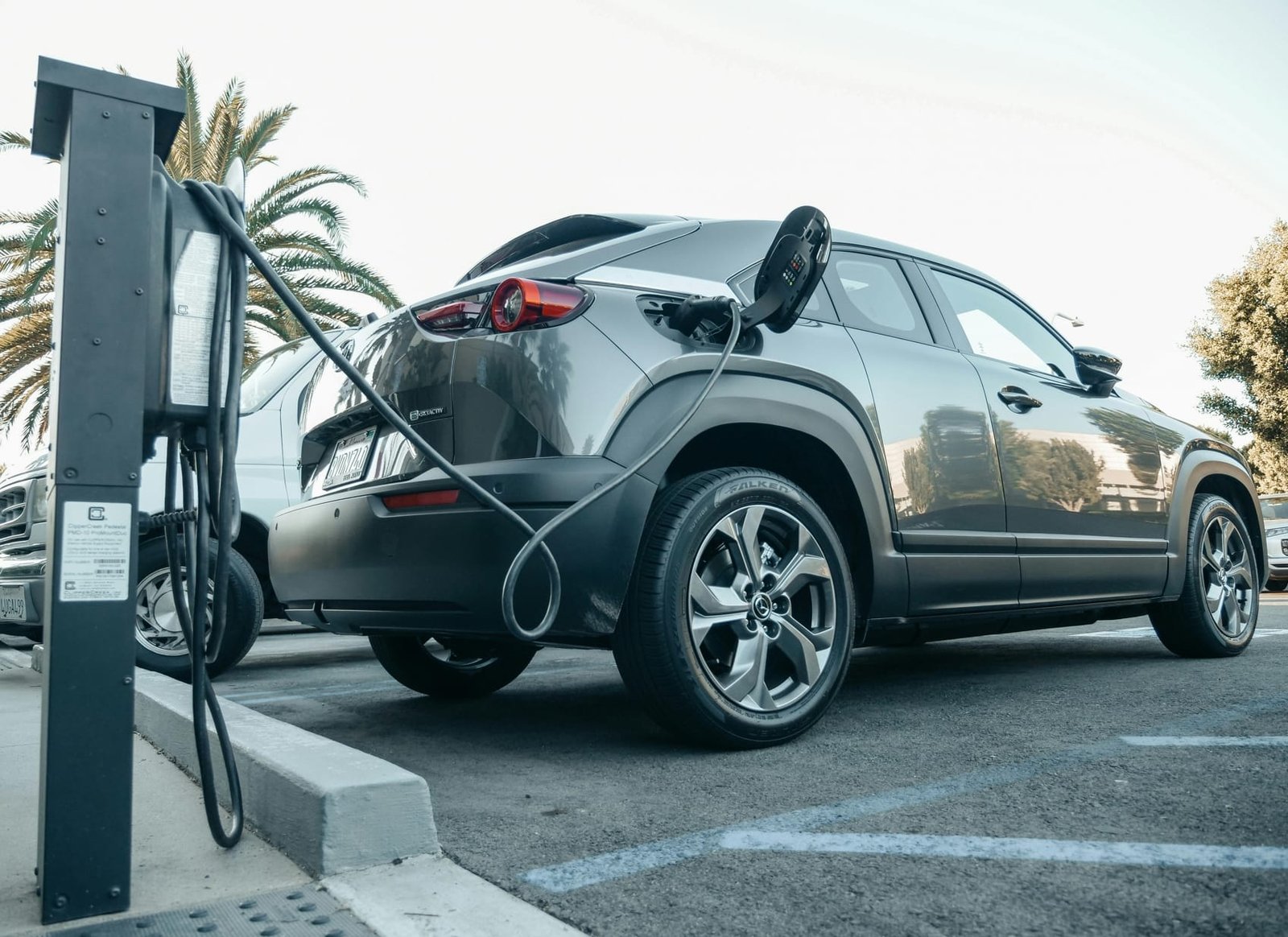
3. Factors Influencing Charging Time Choice
Several factors can influence whether daytime or nighttime charging is better for you:
- Regional Electricity Pricing: Rate structures vary significantly by location
- Personal Schedule: Your daily routine plays a crucial role in determining the most convenient charging time
- Charging Infrastructure Availability: Access to workplace or public charging stations
- Grid Capacity and Stability: Some regions may prefer daytime charging to balance renewable energy production
4. Smart Charging Strategies: Balancing Day and Night
The future of EV charging lies in smart, flexible strategies:
- Smart Charging Systems: Automatically adjust charging times based on electricity rates and grid demand. Our smart EV charger offers these advanced features.
- Dynamic Pricing: Real-time pricing allows EV owners to charge when electricity is cheapest and cleanest
- Vehicle-to-Grid (V2G) Technology: Emerging technology allows EVs to give power back to the grid during peak times. Learn more about V2G technology.
Conclusion
The choice between daytime and nighttime charging isn’t always clear-cut. While nighttime charging often offers economic benefits and convenience, daytime charging can be more environmentally friendly in some regions and offer flexibility for those without home charging options.
As the EV landscape evolves, the best approach may be a mix of both, leveraging smart charging technologies to optimize for cost, convenience, and environmental impact. Consider your personal circumstances, local electricity rates, and available charging infrastructure when deciding what works best for you.
Remember, the most important thing is to keep your EV charged and ready to go, reducing our reliance on fossil fuels and moving towards a more sustainable future. For more information on EV charging solutions, visit our product page or contact our support team for personalized advice.
